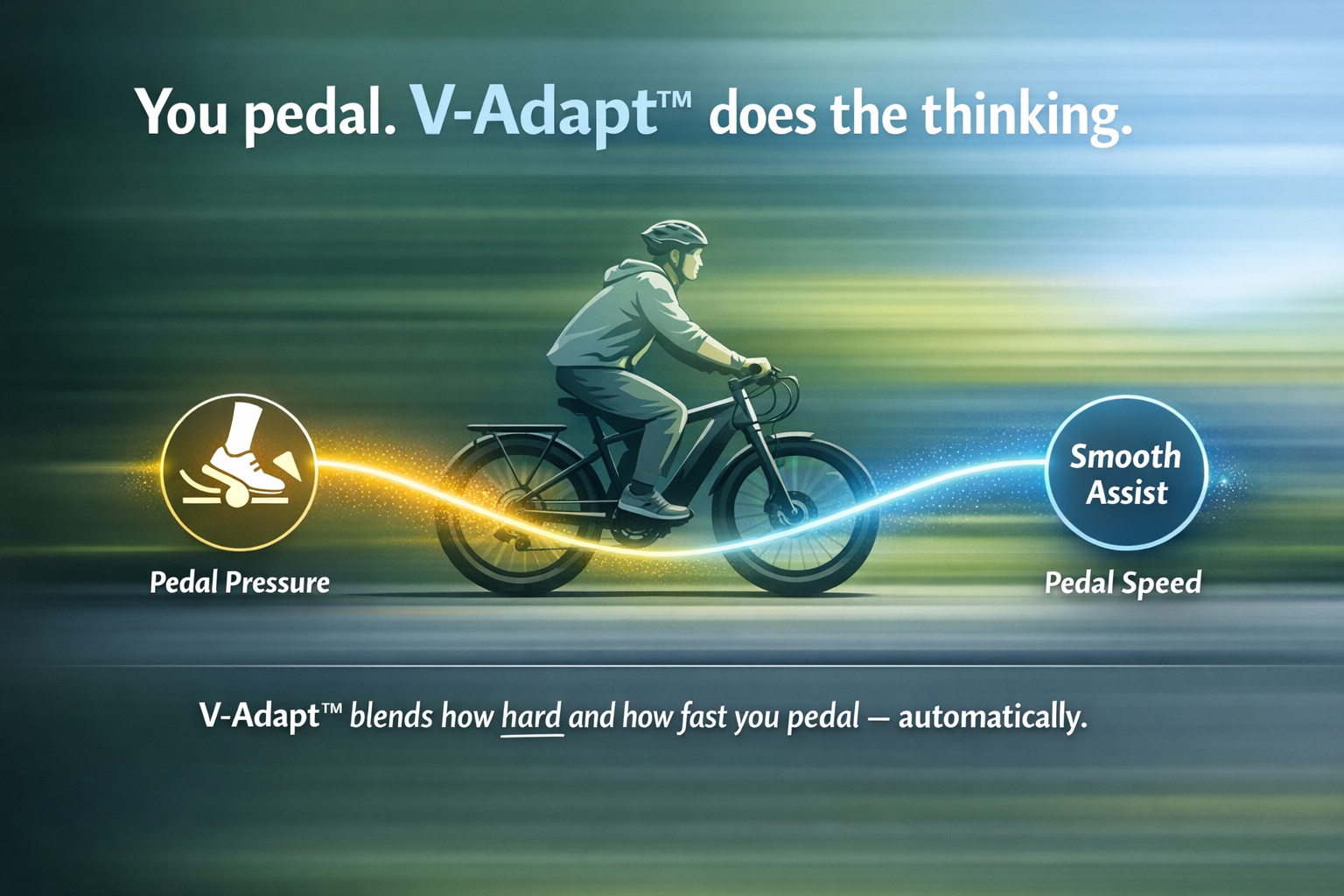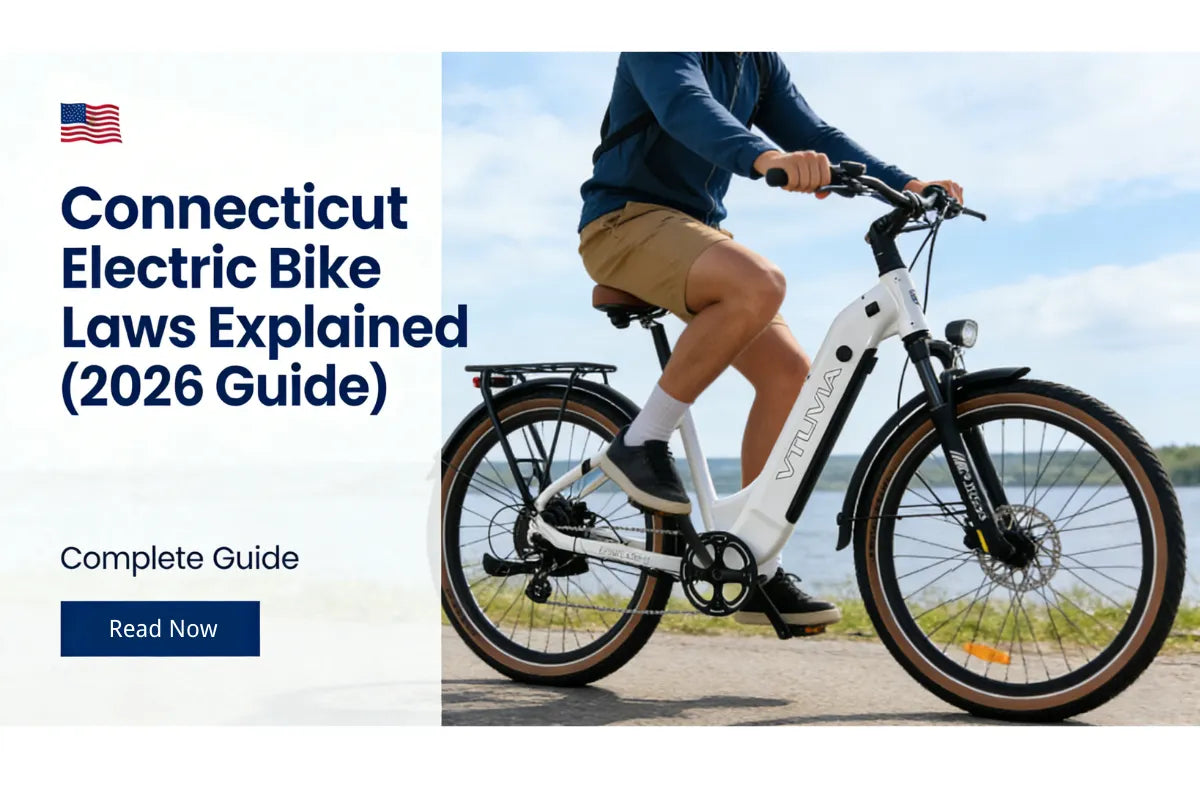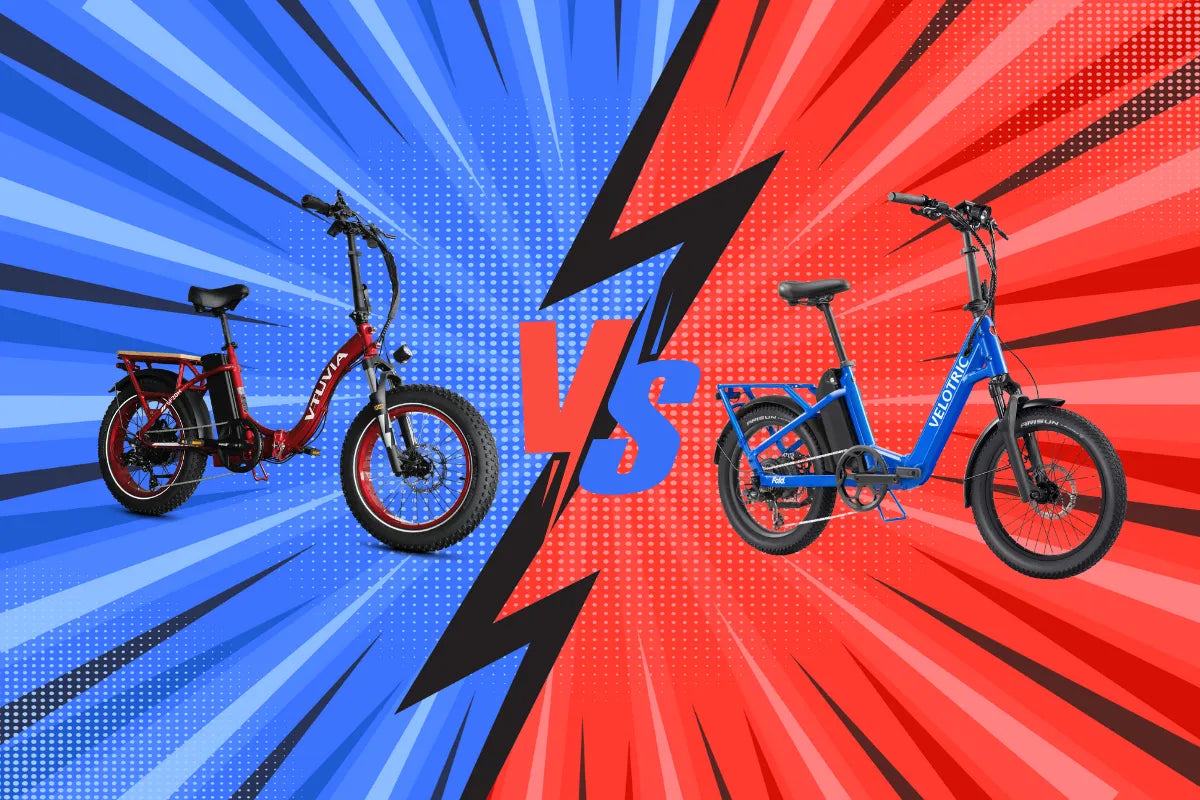Electric bikes have surged in popularity over recent years, offering a blend of traditional cycling with the added boost of electric power. However, one crucial element that often gets overshadowed by the allure of high-tech motors and sleek designs is the e-bike's suspension system. This component can significantly influence your riding experience, comfort, and overall performance. In this article, we'll explore what e-bike suspension is, the different types available, and how to choose the best one for your needs.
What Is E-Bike Suspension and How Does It Work?
E-bike suspension is a system designed to absorb and mitigate the impact of bumps, shocks, and vibrations from uneven terrain. The primary goal of suspension is to provide a smoother and more controlled ride, enhance traction, and reduce rider fatigue.
How It Works:
Suspension systems work on the principle of energy absorption. When your e-bike encounters an obstacle or rough surface, the suspension components compress and absorb the energy from the impact. This energy is then dissipated or stored temporarily in the suspension's components, such as springs or air shocks, before being released as the system returns to its normal position.
Common Suspension Types

Most common bicycle suspension designs: (a) front telescopic visco-elastic suspension system integrated in each arm of the fork; (b) traditional rear swing arm with one pivot point; (c) multi-bar linkage rear suspension systems with multiple pivot points; (d) unified rear triangle system that eliminates interactions between front chain-ring and rear suspension; (e) the Allsop's Softride system; and (f) suspension seat posts. [1]
What type of suspension bike can you choose?
E-bike suspensions come in various designs, each suited for different riding conditions and preferences. Here are the most common types:
1. Front Suspension:
Front suspension systems typically use a fork with shock-absorbing elements, such as springs or air shocks, to cushion the front wheel. This setup absorbs impacts from the front of the bike, improving comfort and control.
Benefits: Ideal for city commuting and light off-road riding. It provides better handling and comfort on uneven surfaces without adding excessive weight or cost.
2. Rear Suspension:
Rear suspension systems focus on the rear wheel alone, using a shock absorber mounted on the rear triangle of the frame. This setup works in conjunction with a front suspension system if present.
Benefits: Enhances comfort and control during extended off-road rides or when carrying heavy loads. It complements front suspension by providing additional cushioning on the rear.
3. Full Suspension (Dual Suspension):
Full suspension systems feature both front and rear shock absorbers. The rear suspension uses a rear shock and linkage system to absorb impacts on the rear wheel, while the front suspension handles the front impacts.
Benefits: Best for rough terrain and aggressive off-roading. It offers superior comfort, traction, and control on challenging trails, as it minimizes the impact of shocks on both wheels.
How to Choose and Purchase Suggestions
Selecting the right e-bike suspension depends on your riding style, terrain, and personal preferences. Here are some tips to guide you:
1. Assess Your Riding Needs
Urban Commuters:
Opt for a hardtail or front suspension model for comfort on smooth surfaces.
Off-Road Enthusiasts:
Choose a full suspension e-bike for enhanced performance on rugged trails.
Versatile Riders:
Consider an all-terrain e-bike with a hybrid suspension system for flexibility across different surfaces.
2. Consider Suspension Quality and Features
Travel Distance:
For rough terrain, a suspension with greater travel distance (the amount the suspension can compress) will provide better cushioning.
Adjustability:
Look for adjustable suspensions that allow you to fine-tune the ride according to your preferences and the terrain.
3. Test Ride Before Purchasing
Whenever possible, test ride the e-bike to experience how the suspension performs in real-world conditions. Pay attention to how the bike handles different surfaces and how comfortable you feel during the ride.
4. Check Reviews and Ratings
Research customer reviews and expert ratings for the specific e-bike models you're interested in. Feedback from other riders can provide valuable insights into the performance and reliability of the suspension system.
In summary, e-bike suspension is a critical feature that impacts comfort, control, and overall riding experience. Understanding the different types of suspension systems, their benefits, and how to choose the right one will help you make an informed decision and enhance your e-biking adventures. Whether you're cruising city streets or tackling rugged trails, the right suspension can make all the difference.
_________________________________________________________________
Citations:
1. Nielens, Henri & Lejeune, Thierry. (2004). Bicycle Shock Absorption Systems and Energy Expended by the Cyclist. Sports medicine (Auckland, N.Z.). 34. 71-80. 10.2165/00007256-200434020-00001.





Share:
Belt Drive VS Chain Drive: What's the Best Drivetrain for Your E-Bike?
Best Throttle Electric Bikes in 2024